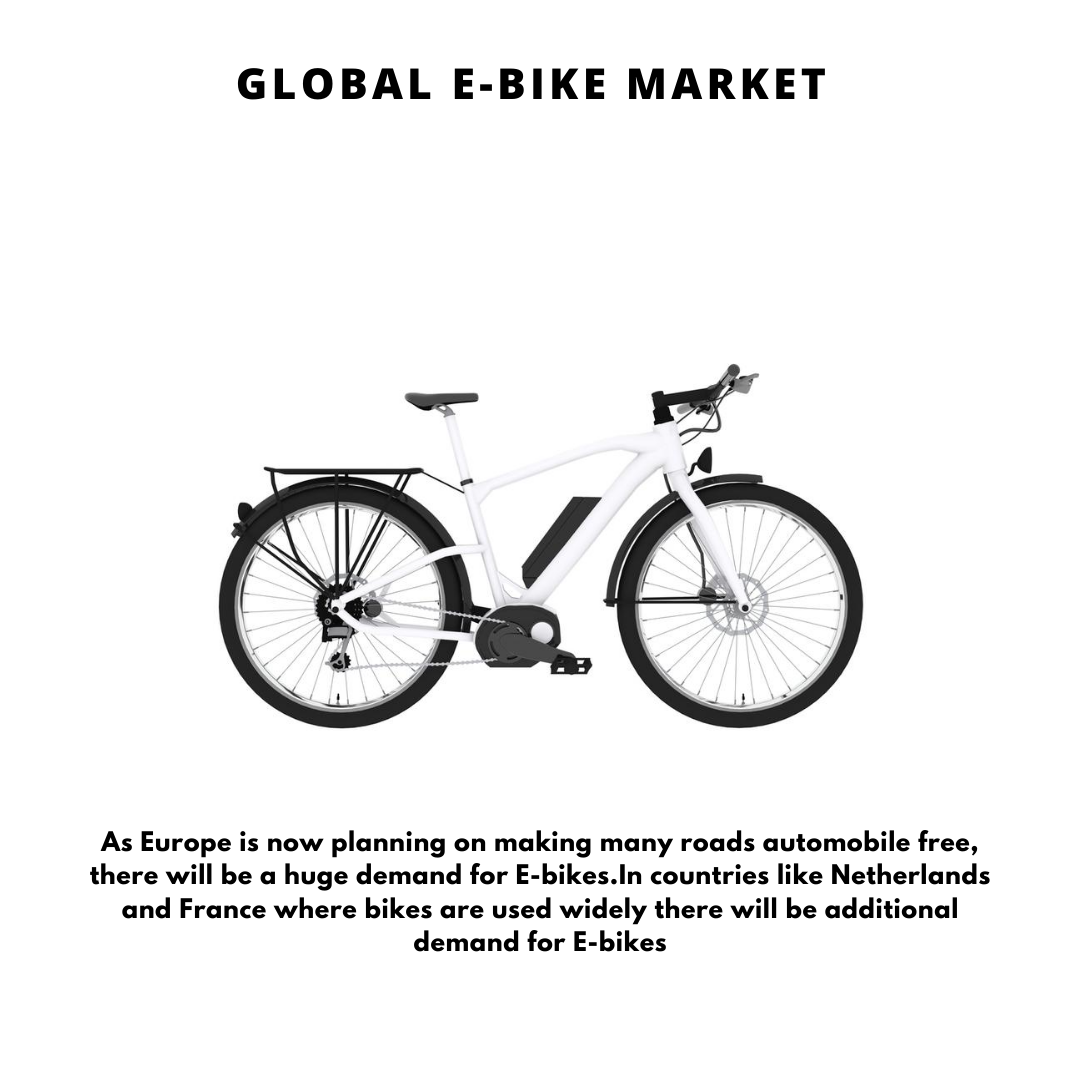Educate On Your Own On The Legislations Controling E-Bike Use In Your Region To Guarantee Safe Riding Methods
Educate On Your Own On The Legislations Controling E-Bike Use In Your Region To Guarantee Safe Riding Methods
Blog Article
Developed By-Munk Willumsen
Prior to you get on your e-bike and struck the streets, it's vital to comprehend the laws and policies that govern your city. From rate limits to assigned riding areas, there's a great deal to take into consideration to ensure you're compliant and risk-free. By acquainting on your own with the regulations specific to e-bikes, you'll be much better outfitted to appreciate your rides without any unforeseen legal concerns. Remain tuned to find vital understandings that will aid you navigate the e-bike landscape in your city effortlessly.
Understanding E-Bike Category
When it involves navigating the realm of e-bike regulations and policies, a crucial starting factor is recognizing the category system that categorizes these electrical bicycles. E-bikes are commonly classified right into three primary classifications: Class 1, Class 2, and Course 3.
Course 1 e-bikes are pedal-assist only, meaning they provide help while the cyclist is pedaling and have a maximum speed of 20 miles per hour. These bikes are allowed areas where standard bikes are allowed.
Course 2 e-bikes are furnished with a throttle that can drive the bike without pedaling. They additionally have a maximum speed of 20 miles per hour and are suitable for bikers who might require assistance without pedaling constantly.
Class 3 e-bikes resemble Course 1 but with a higher maximum speed of 28 miles per hour. These bikes are typically limited from particular bike paths or routes due to their higher rates.
Understanding these classifications is important for following local guidelines and ensuring a secure and pleasurable e-biking experience.
Browsing Speed Limitations and Restrictions
To efficiently browse e-bike legislations and regulations, it's crucial to understand the speed limitations and constraints that put on various courses of electric bicycles.
https://fat-tire-ebike-for-sale88765.blogpixi.com/33318115/take-advantage-of-the-discreet-advantages-of-electrical-bikes-to-promote-an-extra-sustainable-and-fluid-commuting-experience-in-crowded-city-environments for e-bikes differ depending on the classification of the bike. Course 1 e-bikes, which are pedal-assist just and have a maximum speed of 20 mph, are generally allowed on bike lanes and paths.
Class 2 e-bikes, which have a throttle in addition to pedal-assist and also get to speeds of approximately 20 miles per hour, may be restricted in specific areas where motorized vehicles aren't permitted.
Course 3 e-bikes, with pedal-assist up to 28 miles per hour, are normally called for to adhere to the same policies as standard bicycles.
It's important to stick to these speed restrictions and constraints to ensure your security and the safety and security of others on the road. Prior to riding your e-bike, familiarize on your own with the specific policies in your city to stay clear of any type of potential penalties or legal concerns.
Where to Experience Your E-Bike
To determine where you can ride your e-bike, it's vital to know the regulations and guidelines details to your area. In most areas, e-bikes are usually allowed on roads and roads where conventional bikes are permitted. This may include bike lanes, bike courses, and shared roads. However, it's vital to check neighborhood legislations as some cities might have particular constraints on where e-bikes can be ridden.
When riding your e-bike, always prioritize security by adhering to traffic guidelines and valuing pedestrian walkways. In addition, be mindful of any designated bike lanes or courses in your location and utilize them whenever possible to guarantee a smoother and more secure trip.
https://health.choc.org/are-electric-bikes-e-bikes-safe-for-kids-how-to-prevent-injuries/ have guidelines pertaining to e-bike usage on pathways, so see to it to acquaint on your own with these rules to avoid any fines or penalties.
Final thought
Now that you're familiar with the laws and regulations surrounding e-bikes in your city, you can with confidence hit the road knowing where you can ride and what constraints apply to your e-bike category. Remember to constantly focus on safety and security and follow the rules to make sure a smooth and legal ride. Happy riding!
